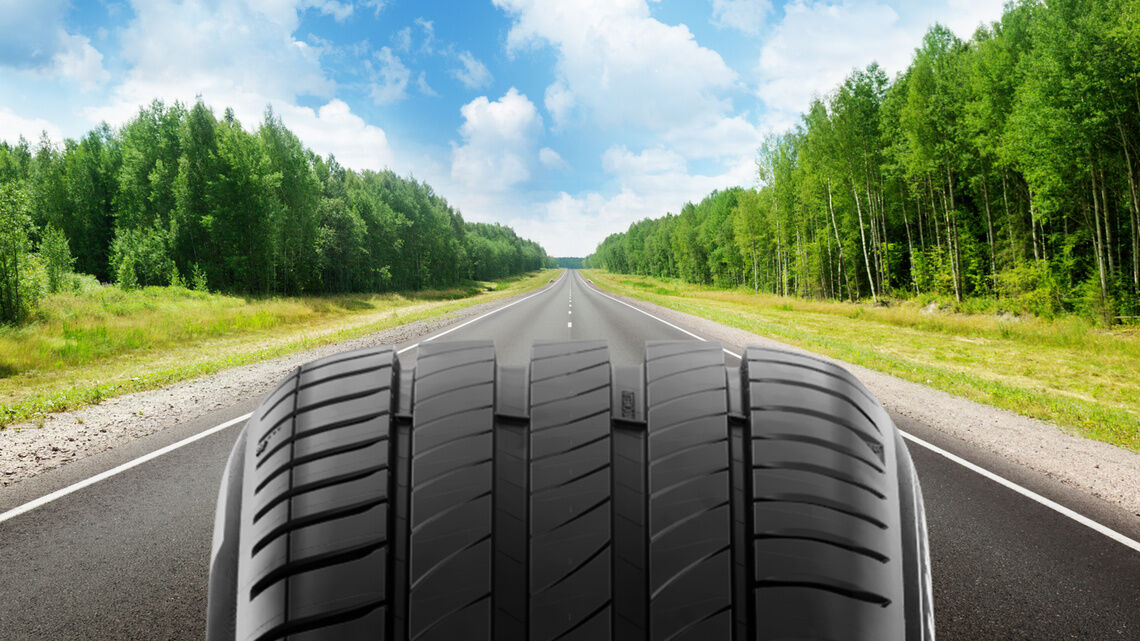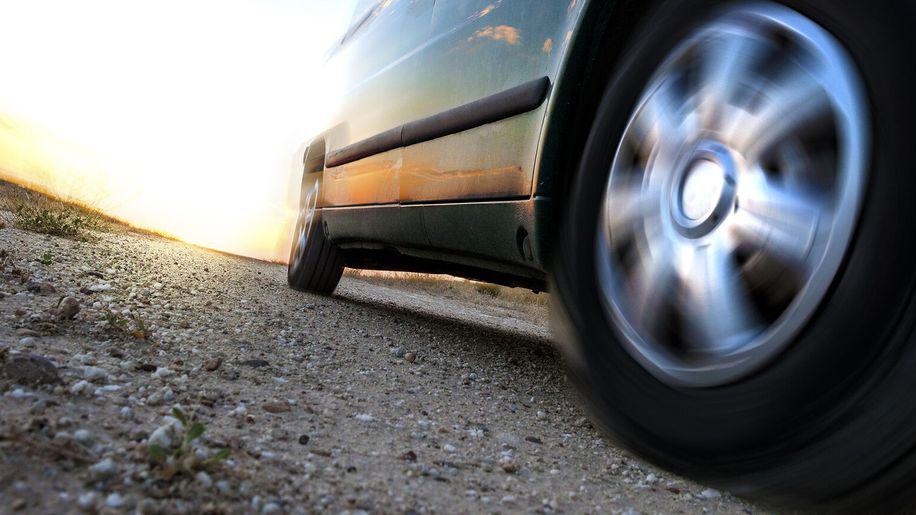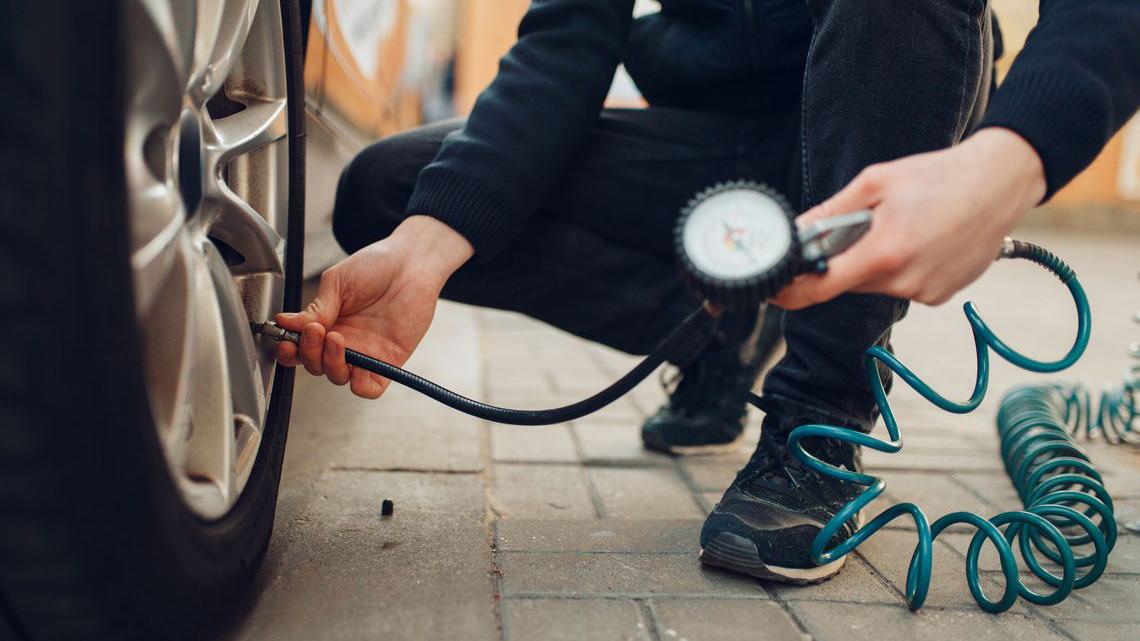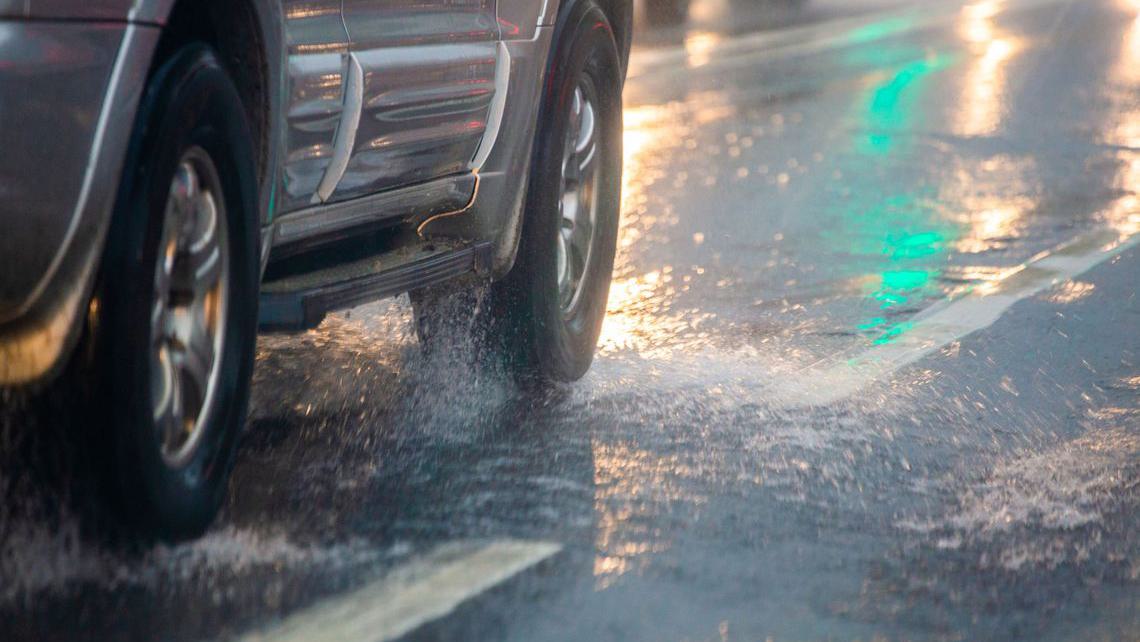-

Checking tyre tread wear: what to do when the tyres look worn out
Many drivers call on the services of a tyre specialist to help them with their tyres, as it is the best way to know if the tyre tread and the sidewalls are in good condition. However, drivers can check tyre tread depth on their own using a tread depth gauge or a twenty pence coin. Alternatively, looking at the treadwear indicators that are spaced out around the circumference of the tyre is a good way to check tyre wear. If they are level with the remaining tread, then it is time to replace your tyre. So, it isn't hard to take control and check your tyres yourself. It’s quick and can prevent many problems. Inspect your tyres for wear and damage problem at least once a month and before you go on a long road trip.Learn more -

Tyre sidewall damage: what should you do?
Under certain conditions, the tyre sidewall can be damaged to a greater or lesser extent. What kind of damage? When does it occur? What to do about it? How can it be avoided? In this article, we answer these questions.Learn more -

How to fit a spare tyre?
Getting stuck with a flat tyre is an unfortunately common occurrence that all drivers experience at some point. That’s why it’s essential to know exactly what to do when you get caught out – and to make sure you have all the equipment necessary to make a quick flat tyre change, so that you can get back on the roads as soon as possible.Learn more -

How long do tyres last?
Wondering how long should tyres last?
Defining the lifespan of a tyre is difficult as there are many criteria involved, but by reading this article you will know how to preserve your tyres for as long as possible, when it is advisable to have them checked and which tyres guarantee the best performance until the last kilometre.Learn more -

Everything you need to know about tyre sealant for cars
Please remember that car tyre sealant spray, like other forms of puncture repair, is a temporary solution and is not recommended for driving long distances or at high speeds (above 80 km/h). The risk is that the tyre has been damaged during a run flat or at very low pressure before the sealant repairs the leak and restores pressure.
If your tyres are damaged, seek a professional opinion as soon as possible.
Here we take a look at everything you need to know about car tyre sealant spray, how to use it, what the benefits are, and how far and fast you can drive after using it.Learn more -

What to do with a flat tyre?
If you have a flat tyre, it may be for a number of reasons. Often, inflation pressure loss is a consequence of a tyre puncture, or tyre sidewall damage, but it could also be a leaking valve, valve cap or even the wheel. So what should you do when your tyre goes flat? Let's get to the heart of the matter.Learn more -

What can cause excessive or irregular tyre wear?
It is normal for tyres in service to show progressive tyre wear over time. But sometimes, owing to specific conditions of use, tyres can exhibit abnormal or irregular tyre wear, which might reduce their service life. Eventually, some of the causes of irregular tyre wear could lead to a weakening of the tyre reinforcing structure, but before that, there could be other less obvious consequences, such as an increase in fuel consumption.
This article is about the causes of this excessive or irregular tyre wear, how to prevent them and how can you tell when it is time to change your tyres?Learn more -

How to interpret tyre wear indicator ?
Having the correct tyres on your car is essential for staying safe on the roads when driving. Furthermore, making sure these tyres are in good condition is an essential part of regular car maintenance for safe driving. While multiple factors need to be taken into account when assessing the condition of your tyres, from the signs of wear and tear to the state of the sidewall, one of the most important is the car tyre tread depth.Learn more -

Fitting tyres to your car
From purchasing new tyres for your car to finding yourself with an unfortunate puncture (and the flat tyre that comes with it), there could be a few moments when you’ll need to head to the garage to get your new tyres fitted to the wheels. Although fitting tyres at home is technically possible, it’s easier, safer and much faster to have a professional take care of them. For fitting new tyres to the wheels, it’s recommended that you go to a garage where the technicians will be experts at fitting tyres, particularly as an incorrectly fitted tyre could potentially lead to damage and driving difficulties. Here we take a look at the tyre fitting process at the garage, so you can better understand the key steps behind how to change a tyre.Learn more -

Tyre repair: is my tyre repairable?
Have you recently had a puncture? Are you wondering if a tyre repair is possible and how to do it? Find out our answers in this article.Learn more -

Car tyre recycling
Ever wondered what happens to your old tyres when you get them replaced? Below we explore the reality behind car tyre recycling and how Michelin works to promote their recycling, while constantly striving to reduce the environmental impact of its own products.Learn more


